I´m here to showcase more of my insect photography. The subject this time? Beetles!
Also known as the order of Coleoptera, this name comes from the Greek words Koleos and pteron, meaning sheathed wing. Fitting, since they have a pair of wings hidden under a second set of armored wings. This is the largest order among animals with a variety of species that exist in almost all continents, environments including aquatic ones.
Disclaimer: If you have any Insect phobias, feel free to leave this article, since it´s a sensitive subject matter for some people.
So here all my beetle I found, all photos in this article were taken by me.
1. Seven Spotted Lady Beetle

First up is everyone´s favorite beetle, the ladybug basically, a common seven spotted variety (Coccinella septempunctata). You can easily identify them by simply counting their spots. Not every ladybug species has the same number of them.
Known as the gardener's best friend, this little bug is a voracious predator, feeding off of aphids. Can be found anywhere where there is vegetation ( gardens, meadows, forests) and a sustainable prey population.
They also tend to be pretty active in the warm months, be sure to be on the lookout for them this spring and summer.
This individual in the photo was found in Póvoa de Varzim, Portugal on May 12th, 2019.
2. Broom Seed Beetle

This a species of bean weevil called the broom beetle (Bruchidius villosus) native to Europe, and they have a dark grey body.
In some places they can even be used as pest control for one species of weed called the Scotch broom (Cytisus scoparius). They do this by laying eggs in the seed pod, then the larvae proceed to eat the seeds and even pupate on the seed pod.
However it has been accidentally introduced in the US, and there is still some debate whether it is efficient at pest control since in New Zealand it was found to attack other plants than just their normal host.
This was found in Mindelo, Portugal on May 2020.
3. Anoxia Australias


I couldn´t find much information about this species except for the name and the fact that it´s from the Melolonthidae Family. Can be found here in Portugal and other European countries. It has this nice-looking brown color complete with a white pattern striped pattern.
Unfortunately, this individual was dead when I found it. Still, I documented it on camera anyway.
Taken on June 19th, 2020 in a beach in Aguçadoura, Póvoa de Varzim.
4. Leaf Beetle (Timarcha)

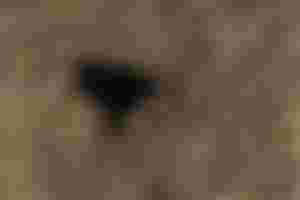
This is not the name of a species but part of the genus Timarcha, called for their plant-based diet.
A couple of them can act as vectors for plant diseases while in other cases can serve as pest control for certain species of invasives weeds.
They are known to be popular with insect collectors to their sometimes metallic color and odd shape.
This one was found on a beach in Vila Do Conde, May 10, 2020.
5. Phyllognathus excavatus


This brown beetle belongs to the Dynastidae family, and can also be found on Portuguese territory. Other than there isn´t much I can say about this species.
If you haven´t noticed I found this one dead close to the entrance of an ant colony. Even saw a couple of them investigating the beetle. It is big enough to feed a whole family of ants. Shame I had to see it that way, but such is life.
Found it on Póvoa de Varzim, June 13, 2020.
6. Chrysolina diluta

If you have followed my articles for something you might have seen this bug before. But I´m sharing it again because I managed to finally figure out what species it is. This also another species of leaf beetle. The only information I found out is about the genus.
They are herbivorous, feeding off of plants, some on food plants, others on weeds.
I remember in the day I took this, there dozens and dozens of these red beetles on the beach sidewalk. It took me a couple of tries and blurred failed attempts to get it right. I even asked someone to hold it in their hand for me for closer inspection.
It´s an old photo, taken on October 20, 2019, in Vila Do Conde.
7. Psilothrix viridicoerulea


A species of soft-flower beetle. These guys act like pollinators and can easily found during summer in meadows or any place with a lot of flowers in most European countries I even found some of them mating on said plant.
They have this cool green metallic color and a long body. Ironically enough, while the adults feed off pollen, their larvae are necrophagous, feasting on dead insects.
This photo was caught on the same location and date as the leaf beetle above.
8. Blaps Lusitanica

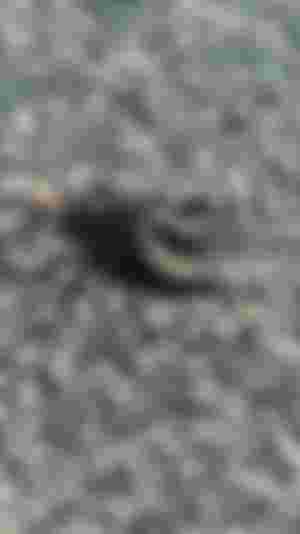
Again another species that we know little about. It belongs to a genus of darkling beetles. Named for their tendency to seek out dark places. However, some species are diurnal, being more active during the day than night.
You might notice that its exoskeleton is damaged, It was already like that, yet still alive and walking. Who knew that insects are hardier than we thought!
This was taken in Vila do Conde, Jun 17 2019
Final Thoughts
These are the beetle I have managed to find. I used both a canon camera ( macro and zoom) as well as my smartphone). But one thing that really help me the most was the app called iNaturalist. You can upload your photos, if you don´t know the species you can use the suggestions to have your best guess, and have other users confirm the species.
There are other things like you can add the location and date. I found it useful. I have uploaded some old and new photos. That being said it´s not always possible to find the species due to lack of information, but on the plus side, you are contributing to a biodiversity database and helping scientists.
Hanging around in nature forums also helps.
Apps aside, I´m glad I got to use this experience to learn more about beetles and what kind of species live in my area.
So, have you guys found any cool beetles? Or do you know anything about the bugs this bugs that I forgot to mention?
You can comment below, I´m always open to feedback.
Thanks for reading, if you like my content you can also follow me through Cointr.ee
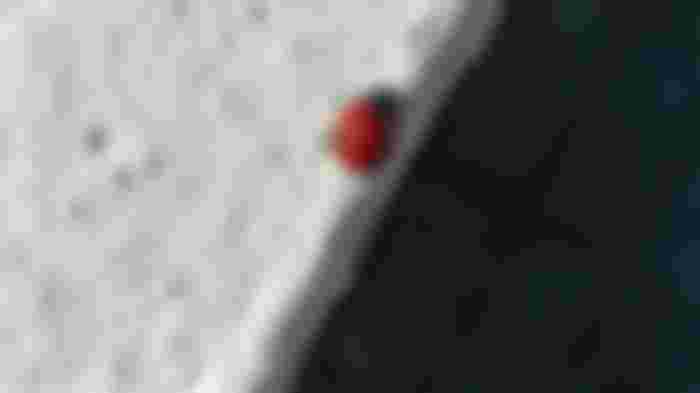

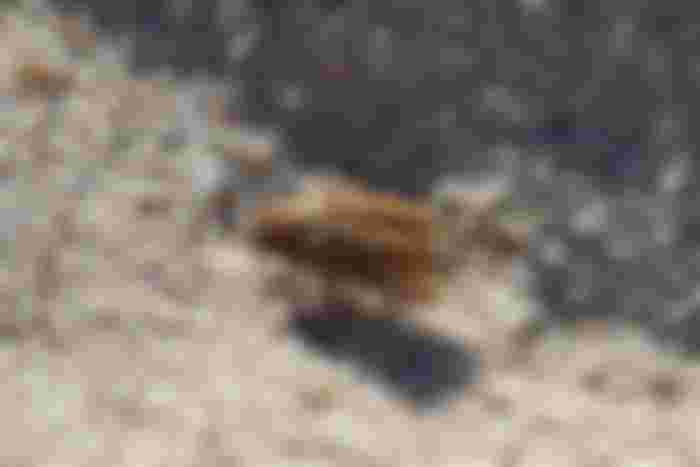
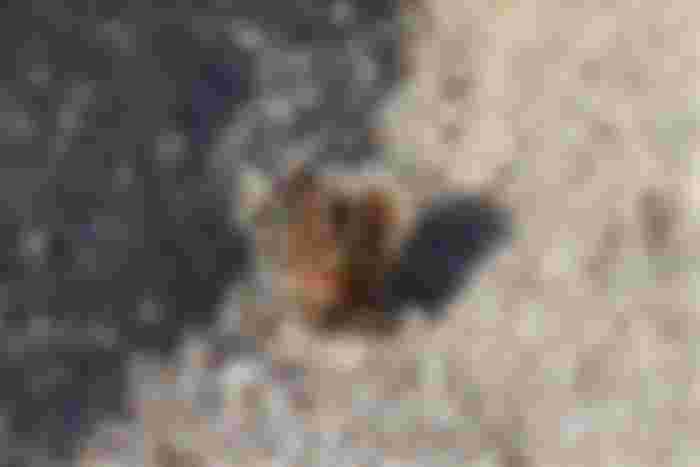
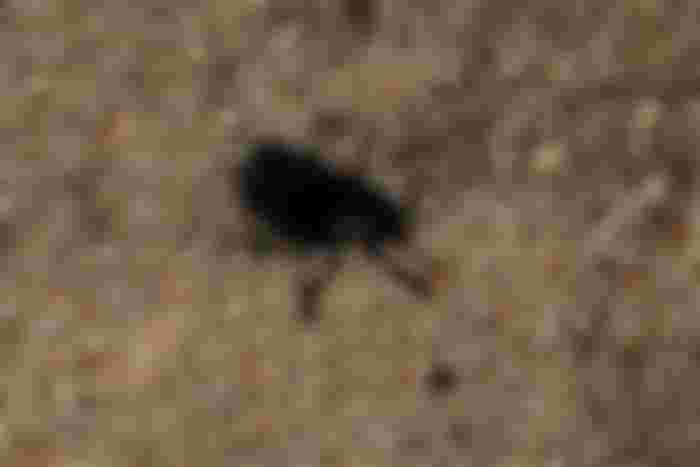



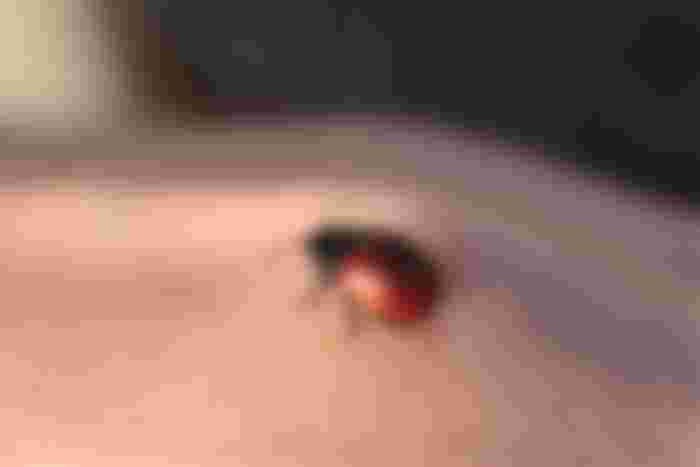

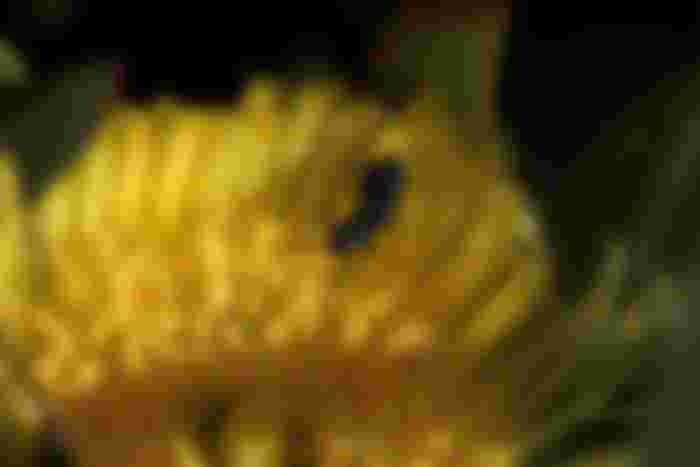
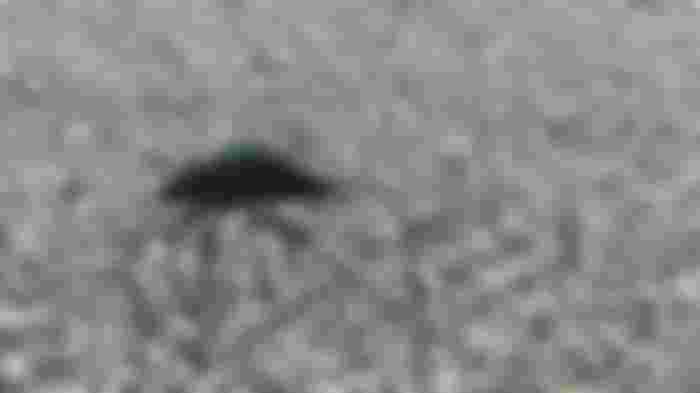
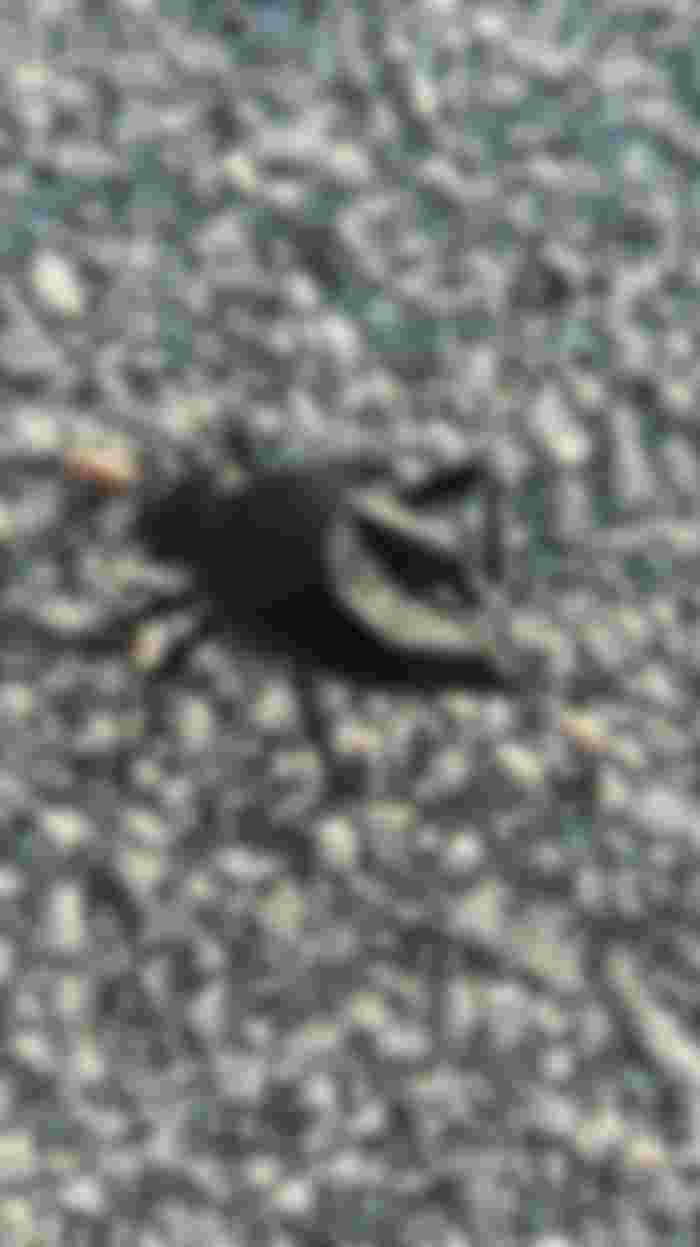
Hey Ghostcat. I very much enjoyed reading your article with these beautiful pictures. No's 4 and 8 gave me chills though... those legs 🤦♀️ but you did warn us at the beginning of the article. Ladybird is definitely my favourite. I recon most gardeners pray to 'bug-God' to send them more of them!